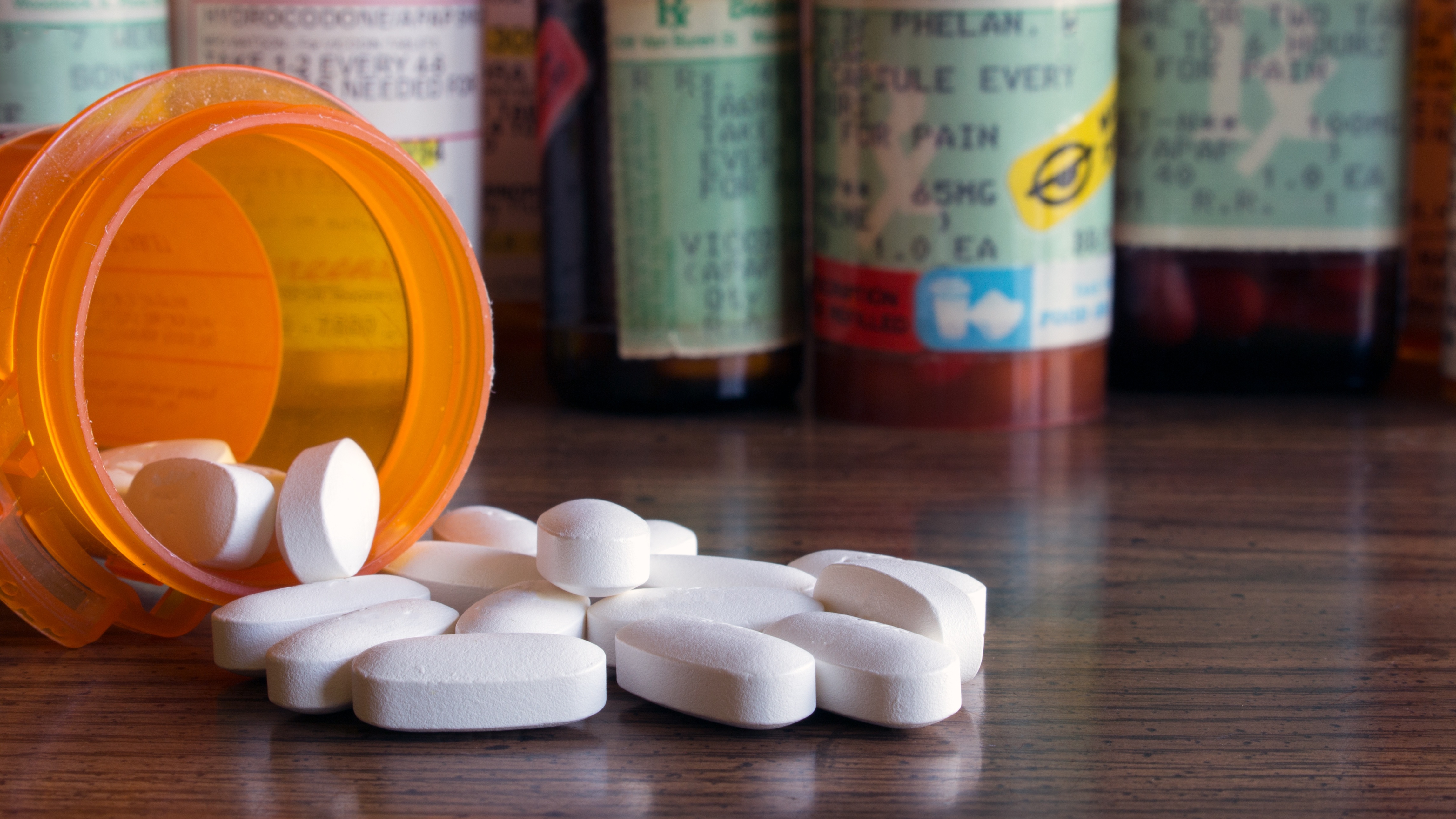The opioid epidemic takes over 47,000 lives a year through overdose. That’s around 130 people per day.
While not every person addicted to opioids will overdose, it’s an ever more likely possibility the longer you use. The brain needs higher and higher doses for you to feel the same effects.
That increasing possibility is why effective opioid addiction treatment is a necessity. One of the most effective treatment approaches uses medications.
Keep reading and we’ll cover the most common medications used in treatment. Before we jump into those medications, understanding a little about the causes of opioid addiction often proves helpful.
Causes
Addiction to opioids can stem from several causes. Genetics plays a role since addiction can run in families. For some, it starts out as legitimate pain relief that spirals into substance abuse.
Others simply chase the euphoria that opioids bring. You can learn more about the causes on this blog.
Buprenorphine
Buprenorphine is an opioid itself, which may seem counterintuitive at first blush. Yet, it offers several benefits.
It limits the more intense withdrawal symptoms from other opioids. It offers a much milder sense of euphoria, which makes you less likely to abuse it. It can potentially block the effects of other opioids.
You may also receive Buprenorphine paired with another medication called naloxone. Naloxone prevents and even reverses an opioid overdose. It helps prevent patients from abusing Buprenorphine.
Methadone
Methadone, another opioid, produces similar results to buprenorphine. People in treatment receive methadone to prevent withdrawal during detox. This helps prevent relapse from withdrawal symptoms.
Methadone also sees use as a maintenance tool. A person gets a daily dose of methadone by prescription from a doctor. They may take it for one year or several, depending on their doctor’s recommendation.
Doctors control Methadone more tightly than Buprenorphine. So, you may need to visit a clinic for your dose.
Naltrexone
Naltrexone is a medication that doctors use only after a person stops taking opioids. It’s a kind of medication called an opioid antagonist. It’s one way of saying that it prevents opioids from working in your brain.
The naltrexone basically blocks the receptors in your brain that react to opioids. You won’t experience euphoria or pain relief if you take an opioid while on Naltrexone. If you take it while still on opioids, though, it can trigger withdrawal.
It also reduces your desire for opioids, which limits the chances that you’ll relapse.
Parting Thoughts on Medications Used in Opioid Addiction Treatment
Doctors regularly use several medications in opioid addiction treatment.
Medications like Methadone and Buprenorphine help prevent the worst withdrawal symptoms during detox. Methadone also sees use as a long-term maintenance tool for staying off other opioids.
Naloxone primarily sees use as an overdose treatment, but sometimes gets paired with Buprenorphine. This helps reduce the risks of Buprenorphine abuse.
Naltrexone helps cut down on a person’s desire for opioids. It’s only a post-detox medication, though, since it will trigger withdrawals for anyone with opioids in their system.
Looking for more about addiction and recovery? Check out our post with tips for overcoming addiction.
